Ah! Those beautiful bouquets of cut flowers that florists create before our very eyes—filling us with wonder, while emptying our wallets! Good news! It’s possible to grow the same with flowers in the garden. All it takes is a few essential plants and a little imagination to make it happen!
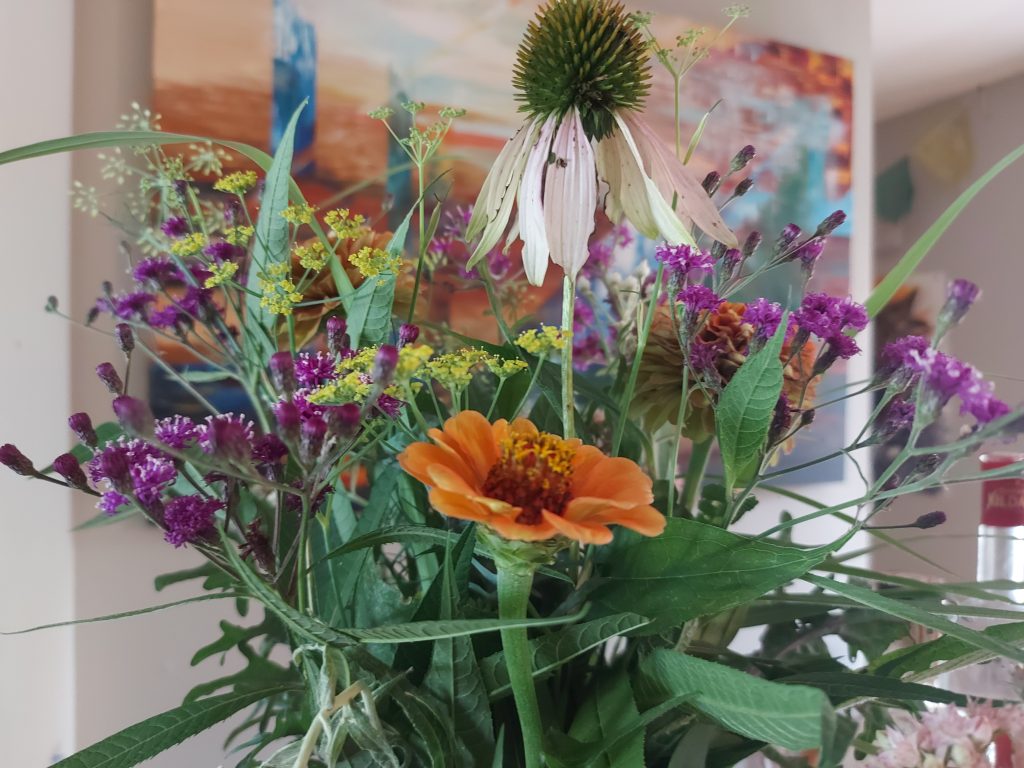
Recently, cut flowers seem to be experiencing a resurgence, and the number of growers has increased considerably. Every farmers’ market now offers very pretty seasonal bouquets, wrapped in brown paper and tied with a small jute rope. It’s hard not to give in to temptation. However, with a little creativity, it’s possible to include almost any garden plant in creating bouquets for the home. You can use annuals, perennials, bulbs, shrubs, trees, and grasses—in short, anything that grows. But there are still three criteria that more precisely define a good cut flower (or cut leafy stem).
No. 1 – The Stem Must Be Straight
Straight stems are easier to manipulate and arrange. That said, this isn’t a requirement, as a beautifully twisted stems can direct a flower to the side or even create an interesting trailing effect.
No. 2 – The Stem Must Be Long
Again, this isn’t a requirement. Long stems allow for large, lush bouquets! They make working height easier and allow for bouquets that are more upright than spread out.
That said, you can create very pretty little bouquets, just big enough to decorate a Mason jar, with primroses (Primula spp.), forget-me-not (Myosotis spp.) or Spanish grass (Armeria spp.).
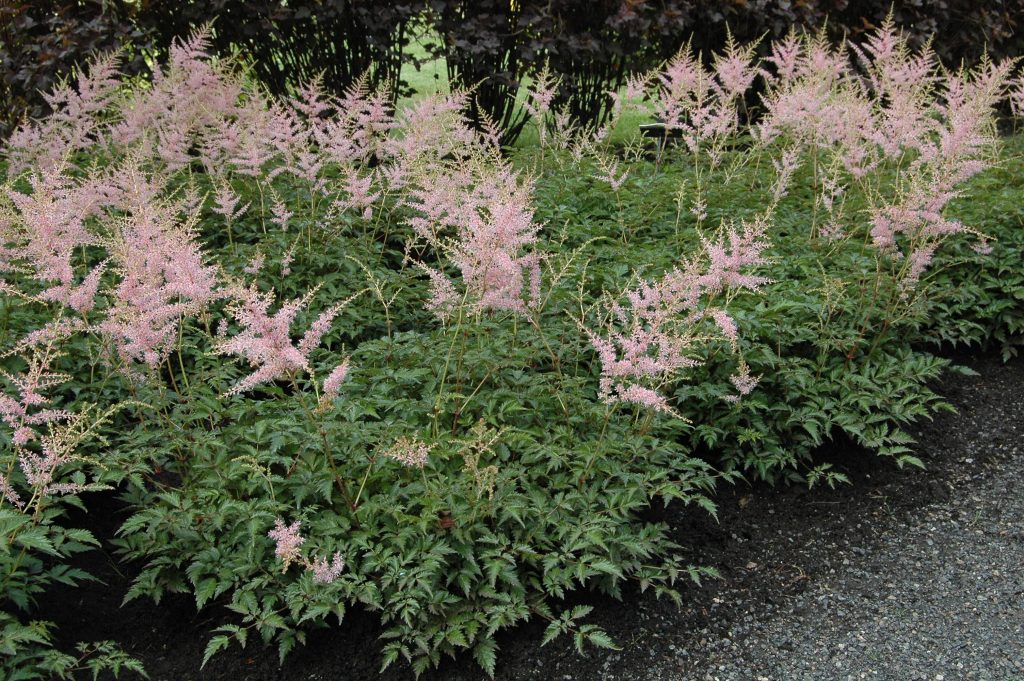
No. 3 – The Flower Must Remain Open for at Least Seven Days
And this is true, of course, when working with flowers! This is the criterion that truly determines whether the desired plant is a good or bad cut flower. For example, the flowers of fall anemones are absolutely splendid in the garden. Unfortunately, once cut, the flower drops its petals after less than 48 hours.
Pick At The Right Time
It is not when the flowers have been open for several days that they should be cut to put in a vase. By doing this, the flower will simply wilt in your home. Rather, it is before the flowers open that the flowers should be picked. When the flower bud starts to show color—cut! When you look at a bloom and can say, ‘this flower will open tomorrow or the day after,’—cut! For long clusters or spikes, cut when the first third of the flowers begin to open. That way, the rest will bloom indoors and your bouquet will last much longer.
To increase the lifespan of flowers, it is also recommended to pick them early in the morning, when the dew has evaporated. A flower picked in the strong midday sun has transpired a lot and will be lacking water. A bad start!
Some Spring Flowers
It’s easy to see the potential of spring bulbs like tulips and daffodils. You can create mini bouquets with squills and grape hyacinths. But you can also dive into some perennials like bergenia and lily of the valley (Convallaria spp.). Then you dive into shrubs, like forsythia and apple trees! And at the end of spring, one of my favorite cut flower appears: peonies! Just in time to make the transition from spring to summer!
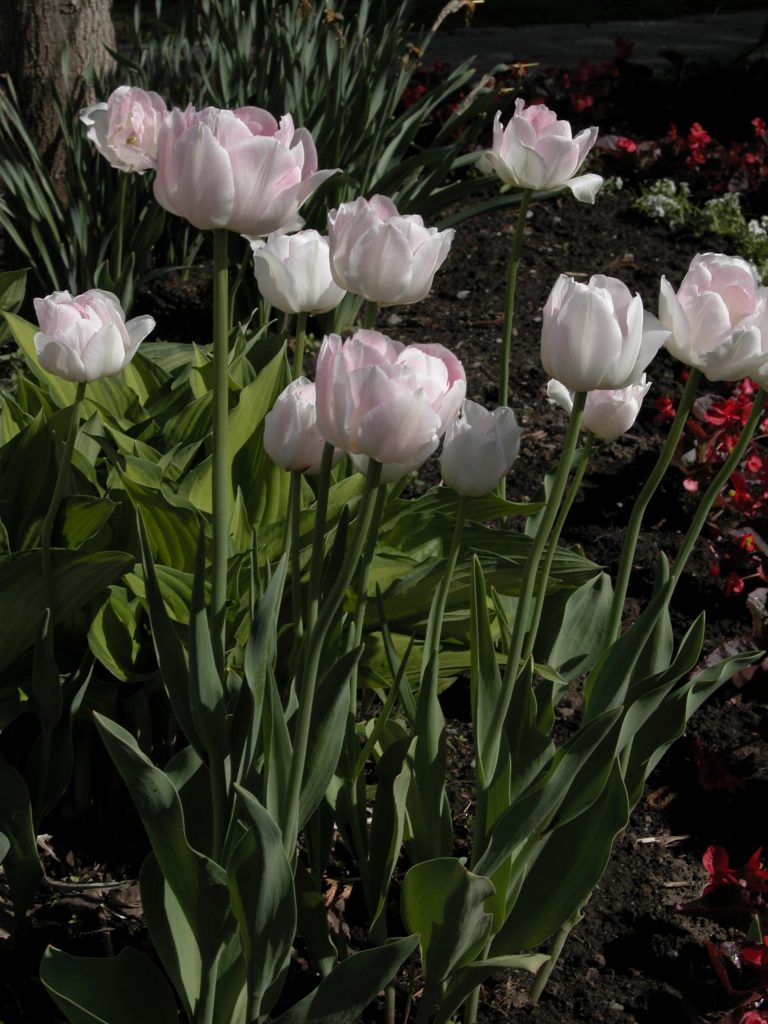
Summer Abundance
Summer is the fun time of the year for cut flowers. This is when roses and irises appear, two excellent flowers for bouquets. Then there are lilies, bee balm, garden phlox, and scabious. It goes without saying that summer offers so many possibilities.
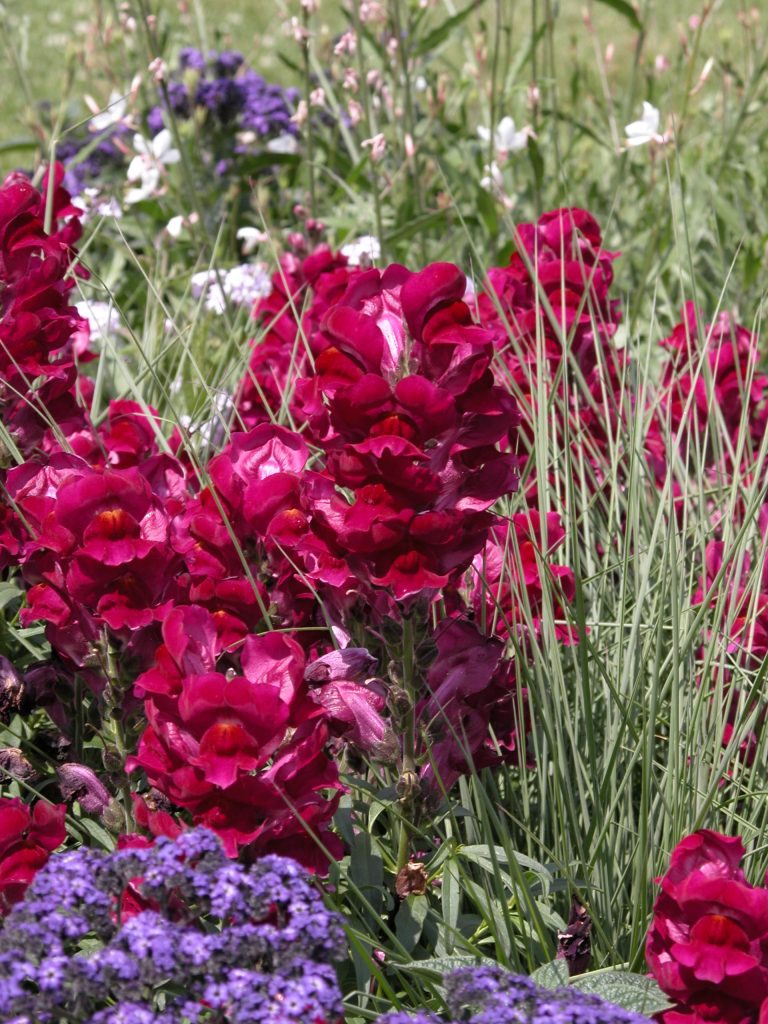
A Rare Commodity in Fall?
You’d think blooms would be rarer at the end of the season, but in fact, there is abundance in fall. You can still pick some late-season echinaceas, but there’s plenty to enjoy with asters and Heleniums. Turtlehead (Chelone spp.) is also at its peak.
Don’t Neglect Foliage
To all these beautiful flowers, you can easily add greenery and even color with some foliage. Ferns and grasses are obvious choices. You can also achieve a beautiful effect with some hosta, heuchera and even Siberian iris leaves.
These are just a few of the options available to the cut flower lover. The best way to know if a plant is suitable for bouquets is to try it! This way, you can perfect your craft and give your florist a double whammy!
PS Not too many whammies though! We love our florists!
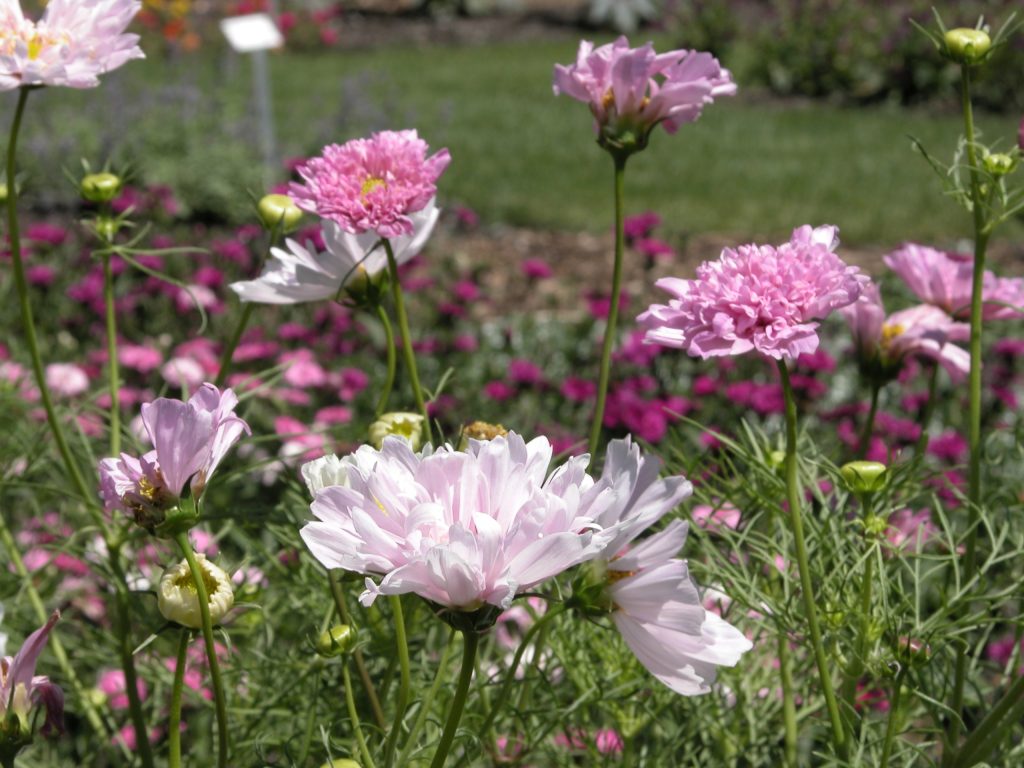
If you’re into online gaming and looking for something new, this platform is a great choice. It’s easy to use, exciting, and offers plenty of fun options to explore https://gloryslot.pk/
A bit off topic, but double flowers, although beautiul, are not usefull to pollinators.
Inspired to collect a fall bouquet. Thanks! 🙂